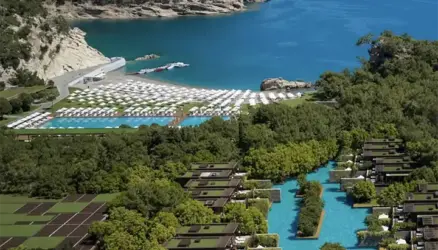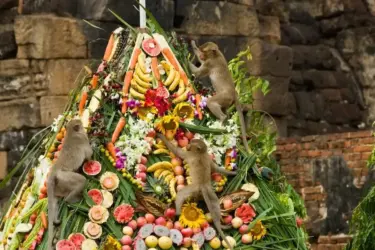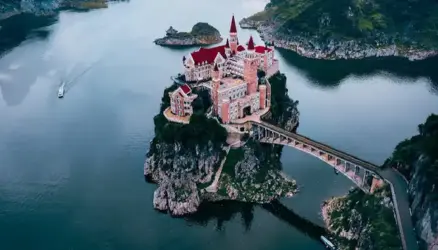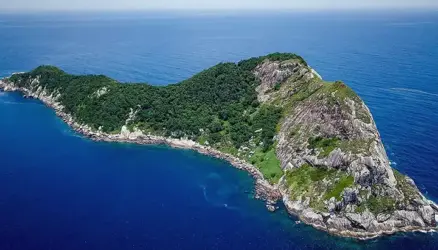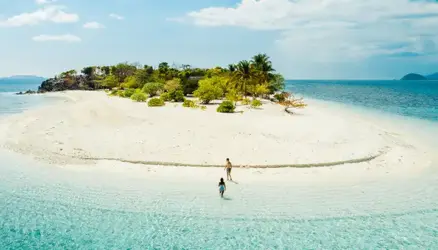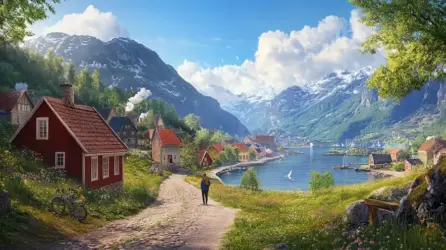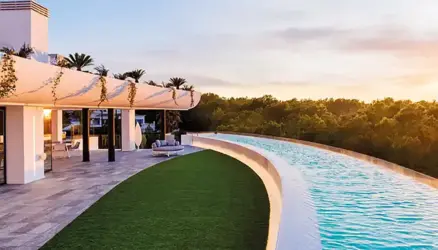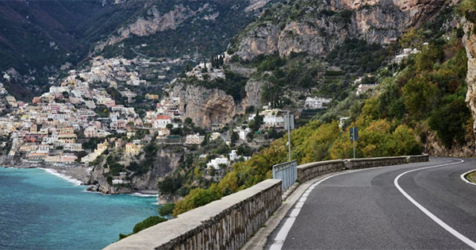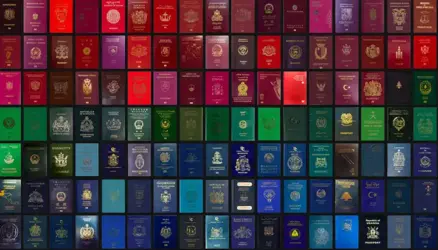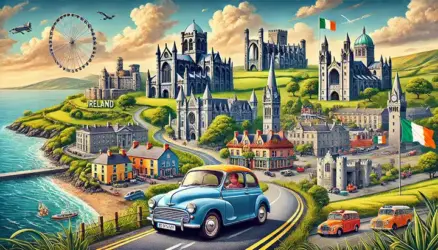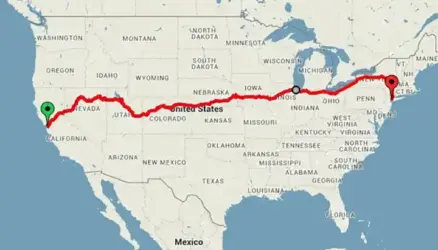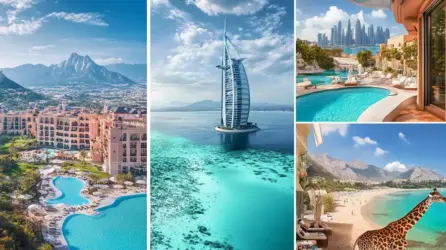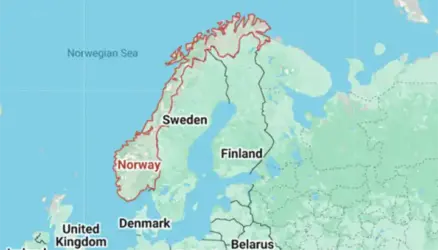Best Places to Visit in Iran

Iran is home to 24 UNESCO World Heritage Sites for Culture, and its ancient cities and sites will captivate the imagination of any traveller. Iran is one of our favorite places to visit because it has so many amazing historical sites to see, a fantastic culture to experience, and the friendliest and welcoming people we’ve ever met.
We have compiled a list of the best places to visit in Iran based on our years of travel experience. So, let us get started.
#1 Ardabil
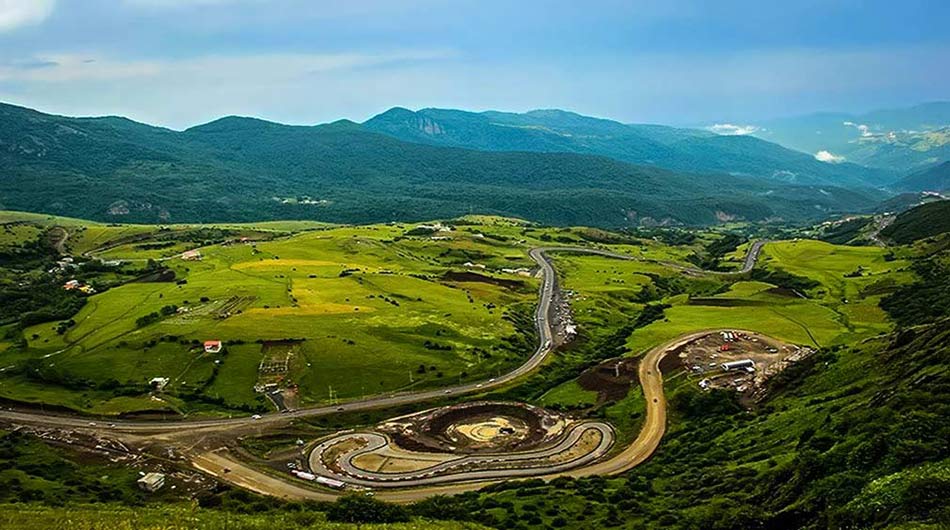
Ardabil is derived from the Zoroastrian name “Artavil” (mentioned in the Avesta), which means “holy place.” The town is famous for its silk and carpet trade tradition, and the ancient Ardabil Carpets are considered some of the best of the classical Persian Rug creations. The city also has warm mineral springs, which made it a popular retreat for Persia’s rulers.
#2 Abyaneh

Abyaneh, also known as the “Red Village,” is one of Iran’s oldest villages, located on the slopes of Mount Karkas. Abyaneh, a living museum in Iran, is thought to be over 2,500 years old. Ancient architecture, culture, ceremonies, language, and clothing have been well preserved. The red brick buildings constructed of local stone that blend into the stunning red mountainous backdrop are the most striking feature of Abyaneh.
#3 Bam

Ancient Bam, located on the southern edge of the Iranian high plateau, can be traced back to the Achaemenid period (6th to 4th centuries BC). The city’s once great citadel dominated the old oasis, straddling the crossroads that once bore witness to the caravans of silk and cloth that passed through these desert landscapes, until the devastating earthquake in 2003 destroyed much of the old and new cities.
In recent years, extensive work has been undertaken to rebuild Bam’s cultural heritage, with much of the renovation remaining sympathetic to the original character of the old city, contributing to the reconstruction of Bam’s future from the ruins of its past.
#4 Isfahan

“Isfahan nesf-e-jahan” Isfahan is halfway around the world. So goes an old Persian proverb, and Isfahan’s allure continues to enchant and fascinate visitors. Its magnificent mosques, palaces, and bridges are among the world’s finest examples of Islamic architecture. Shah Abbas I, who came to power in 1587 and made Isfahan his capital city, reigned over Isfahan during its golden age.
#5 Hamedan

Hamedan is located in western Iran, at the foothills of the Alvand Mountain. Legend has it that the original Hamadan was built by the mythical King Jamshid; whatever the truth is, it is unquestionably Iran’s and one of the world’s oldest cities. Hamedan was once described as one of the most opulent cities in the world. It had magnificent palaces, buildings plated with precious metals, and seven layers of town walls, the inner two of which were gold and silver-plated.
The glorious riches drew hordes of invading armies, but after Alexander’s conquest, Hamedan lost much of its importance. Few of Hamedan’s ancient monuments have survived the successive sackings; however, some valuable artifacts have been discovered, and much remains unexplored.
#6 Jolfa
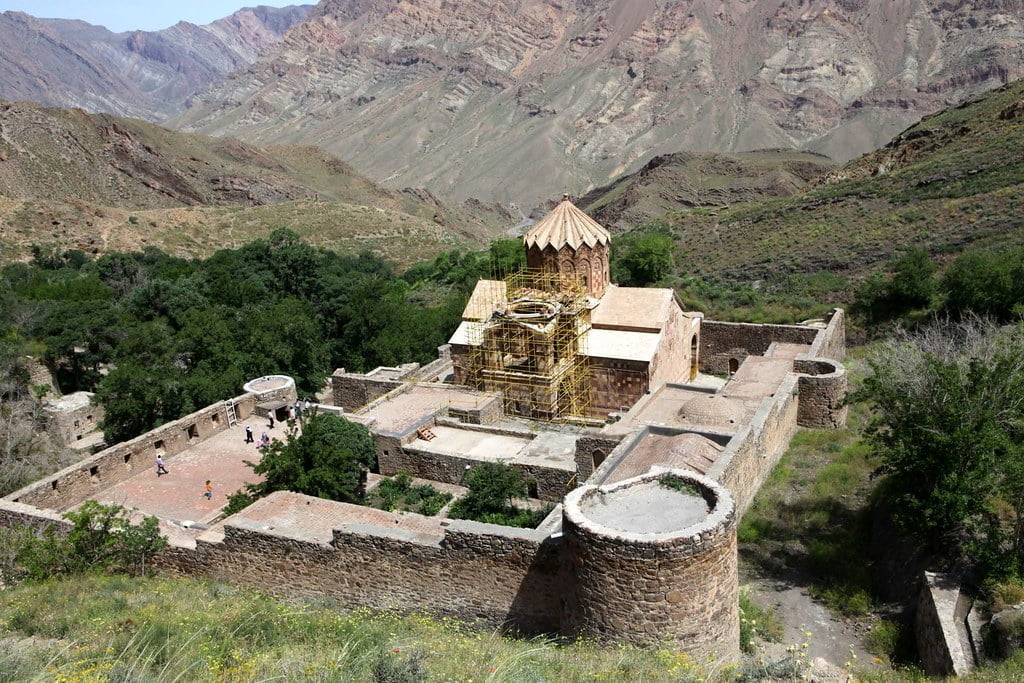
Jolfa is right on the border with Azerbaijan and was once a major Armenian settlement until Shah Abbas I relocated them to Isfahan in the early 17th century. They were known for their trade and wine-making abilities, and Isfahan’s Armenian quarter is still known as ‘New Jolfa.’ It has long been an important customs post, through which much of Iran’s imports and exports pass.
#7 Kashan
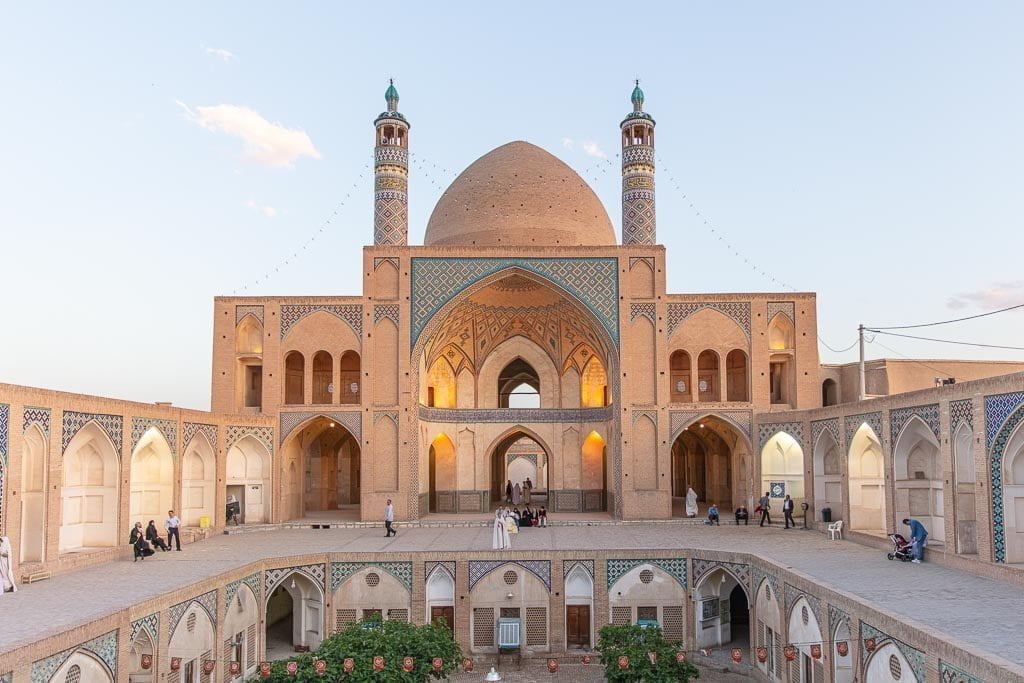
Kashan is home to several ancient monuments, the most notable of which are Shah Abbas I’s mausoleum, the 12th century Friday Mosque, and the Safavid royal buildings south-west of the city center. The Agha Bozorg Mosque, which houses a theological school, and the lovely Fin Gardens are also worth a visit.
#8 Kerman
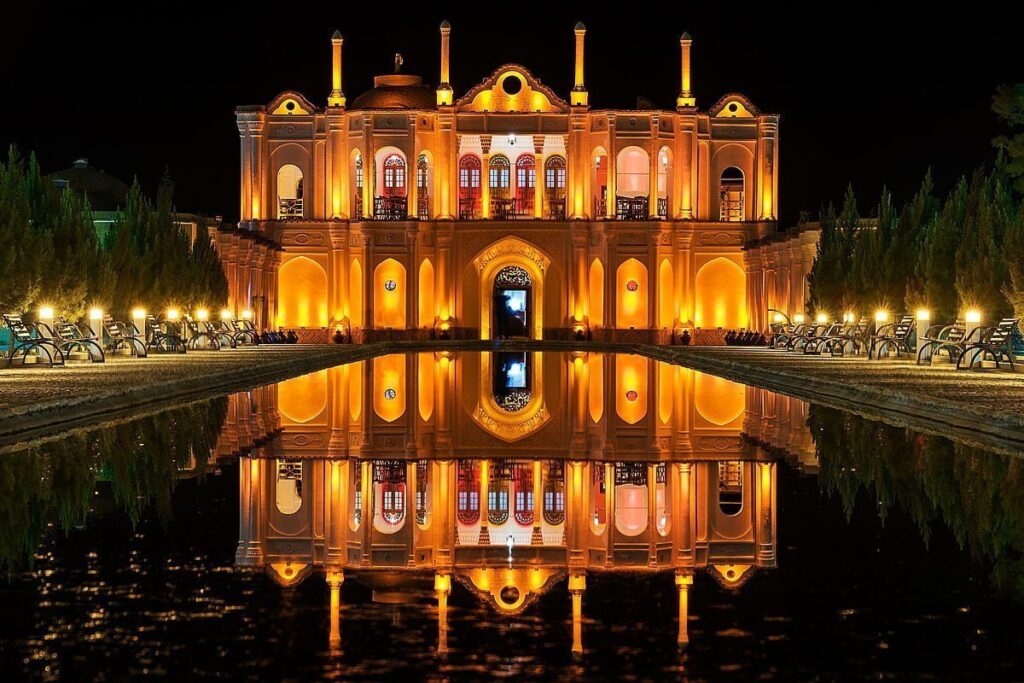
Kerman’s historic and cultural ties have seen it endure invasions by Abbasids, Sassanians, Seljuk Turks, and Safavids, as well as a number of historic mosques and ancient Zoroastrian fire temples. The city is a thriving center for Kharijite and Zoroastrian tradition, and it is home to the country’s most comprehensive museum dedicated solely to Zoroastrian anthropology.
Kerman was a great center of trade when Marco Polo visited in the late 13th century, and while much of that prestige has faded, it can still boast international fame for its carpets and textiles. The Friday Mosque, the bazaar, and the 17th century Ganj-Ali bathhouse, which is now a museum depicting the Hammam (bathhouse) culture that is still prevalent in the country, are all worth seeing in the city.
#9 Shiraz

Shiraz is a sophisticated city that has long been regarded as the heart of Persian culture. Fars Province’s capital and one of the most beautiful cities in the world. Shiraz rose to prominence following the Arab conquest of Iran, and by the 13th century, it had grown into one of the largest Islamic cities of the era; by the mid-18th century, it had become the capital, sprawling out like a garden at the foot of the Zagros Mountains.
Shiraz is associated with poetry, learning, nightingales, roses, and, at one time, wine. Shiraz is now a calm, cultivated city with wide tree-lined avenues and enough monuments, gardens, and mosques to keep most visitors occupied for days.
#10 Mashhad
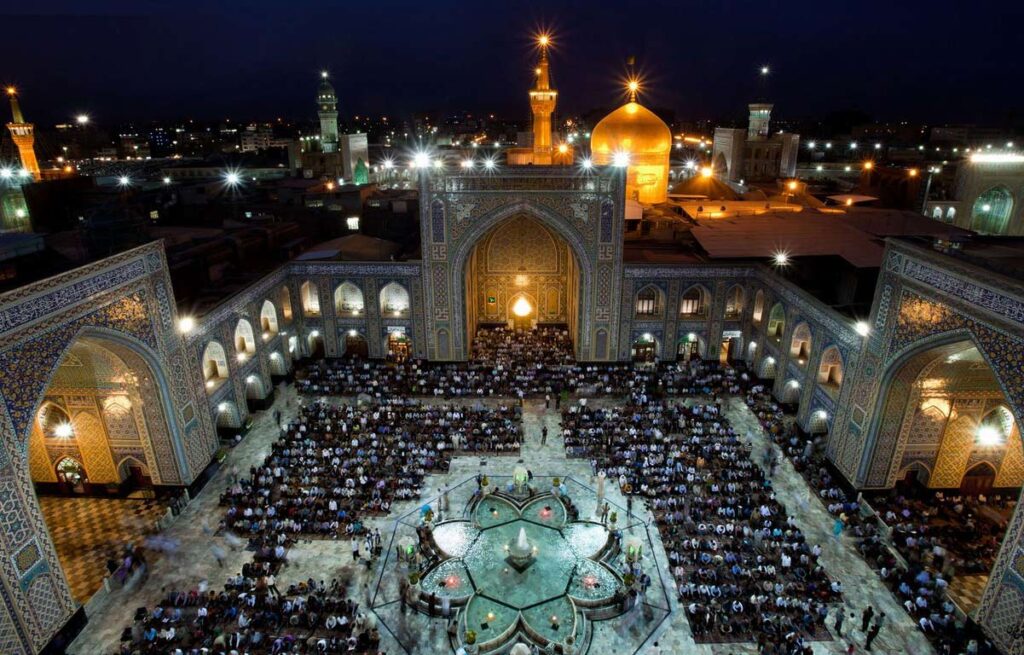
Mashhad, the capital of Khorasan province in northeast Iran and the country’s second largest city, is best known for its beautiful pilgrimage shrine of Imam Reza. Mashad, which means “the place of martyrdom,” is a very holy city for Shi’ite Muslims all over the world. Emam Reza, the prophet Mohammad’s eighth grandson, was murdered there in 817, and it has since become a pilgrimage site. Mashadi women should dress conservatively.
#11 Tehran
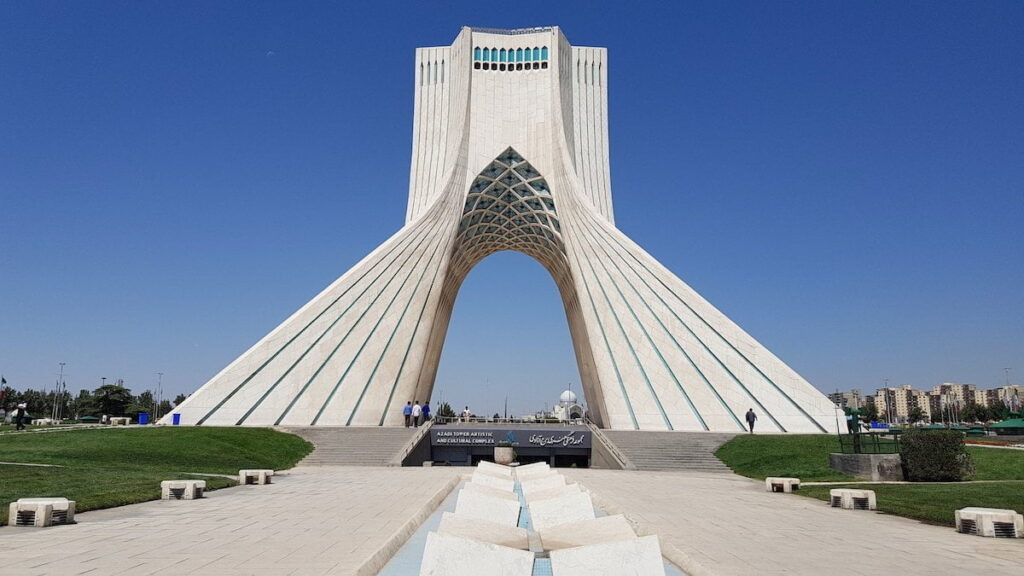
With a population of 12 million people, Tehran is a modern, bustling, and overcrowded metropolis. It was the capital of Iran under the Qhajar rulers in the 18th century and, despite the traffic and pollution, is well worth a visit. It is dominated by the towering Alborz Mountains and is home to a plethora of royal palaces as well as some of the best museums in the Middle East.
#12 Yazd

Yazd is one of the world’s oldest cities and the center of the Zoroastrian religion. Until the Arabs introduced Islam to the Iranian plateau in the 7th century AD, Zoroastrianism was the dominant religion across the Iranian plateau. Yazd is a city of wind towers, which are high turrets with openings to catch the winds and provide natural air conditioning during the hot summer months, as well as qanats, which are underground canals used for irrigation.
Yazd, a dry desert city, used to get its water from the Shir Kuh mountains via an elaborate system of qanats, some of which were 45 kilometers long.






